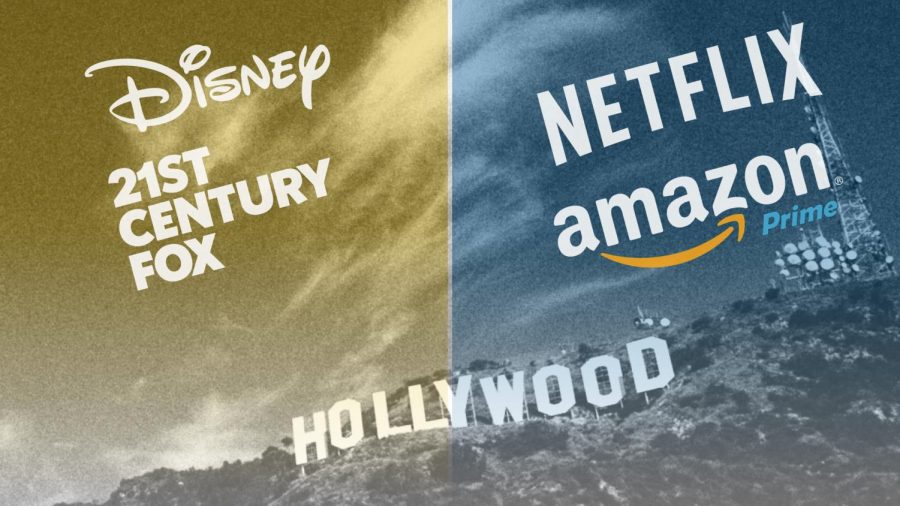Hollywood on life support
June 5, 2018
The beginning of the iceberg
When we were younger, we glorified Hollywood. As kids, we wanted to be actresses and actors that could charm the audience and the world with our talents, becoming famous around the world. There was also the basic clique of wanting to make large sums of money for whatever usage we desired in our adolescence. But as technology updated with new apps, new phones, more ways of watching television shows or movies, and more access to the internet, it is leaving Hollywood in the dust for a lot of productions.
Part of the reason are all the movie theaters, the audience and the cost.
The cost is part of the problem because according to thealantic.com, “Today, buying a movie ticket is more like going to the doctor—something many Americans never do and most Americans do only four or five times a year for routine cultural check-ups.” [Domestic box office is growing mostly because average ticket prices are rising.]
In this country, healthcare of all kinds is very expensive, so much in fact, that many Americans sadly cannot afford healthcare with many low income residents. In fact, many families cannot afford the luxury of attending the movie theaters. Movie tickets have increased their prices by 3.96% overall. The percentage may not as much to some, but to many, it is comparable to being the definition of ludicrous.
Besides the cost increase, Hollywood continues to make many sequels.
According to hollywoodreporter.com, “However, the pace of today’s studio machinations makes that nearly impossible. For awhile, YA adaptations were arriving year in and year out, and we saw the negative results from that accelerated pace as most became box-office burnouts.”
When we were younger and saw old Hollywood, we saw originality. Nowadays, we see repeats and continued movies that lack creativity and tank in money gained when it is produced as a new film nationally or internationally. As the sequels continue, it makes it worse for theaters–particularly the audience memers. Many people continue to bring their children to a rated R movies, millennials lack respect by pirating the movie through Snapchat, and plain noisy movie goers ruin the experience for everyone else inside the theater.
The deep depths of the iceberg
Despite the sequels, bad theater manners and costly movie prices, Hollywood is being left to bite the dust by Netflix, Google and Amazon. As the years approached 2018, Netflix usage increased by 75% (statistics from comscore.com) in which is also reflected in their increase of shows as well as the new seasons for them. In addition, it is producing original material and able to connect to millennials with topics they see and/or feel today.
According to the ringer.com, “Netflix’s dominance is a tie-up between Disney and Time Warner.”
If Hollywood were to challenge Netflix in a battle for viewers, it would have to be made of stronghold companies that have a popular opinion as well as strength in the film industry.
Amazon and Google follow behind Netflix by the movies being produced. On YouTube, they are producing a Karate Kid sequel called “Kobra Kai” where Daniel is the master having a pupil, teaching him the ways and discipline. This sequel gives excitement to those who saw the first movie where Daniel was the pupil of Mr. Miyagi.
Amazon currently is producing a $400 million Lord of the Rings show. For fans of Lord of the Rings, especially the ones who read the books as well as watching all the movies, this is an event that makes us all want to do back flips and click our heels together for the possibility of seeing a possibly amazing show.
Seeing how all these shows and movies are in the works, it is beneficial for us because we see more original material and things to watch during our days filled with boredom or just unwinding. But this puts Hollywood on life support by how it continues to steal away more of an audience and ideas that can charm its once large audience that it held in its hands for years making movies and shows.






